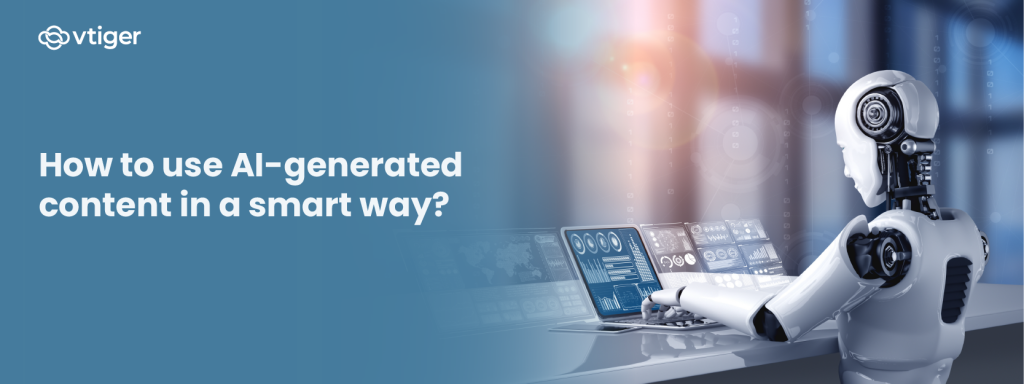From Algorithms to Articles: Unveiling the Power of AI-Generated Writing
AI-generated content, an revolutionary intersection of synthetic intelligence and innovative appearance, has developed the landscape of content creation. That cutting-edge engineering utilizes advanced calculations, machine understanding models, and natural language control to make prepared, visual, and sound material autonomously. From articles and website posts to marketing copy and even audio words, AI has turned into a solid force in providing varied forms of pleased with remarkable precision and efficiency.
Among the main benefits of AI-generated material is based on its power to improve the content generation process. Automated algorithms may swiftly analyze substantial amounts of data, recognize styles, and make coherent and contextually appropriate text, preserving considerable time for material creators. This efficiency is particularly useful for corporations and press outlets seeking to create large volumes of content in a regular manner.
AI-generated material isn’t limited by pure text; it reaches visible and sound realms as well. Generative versions can make reasonable photographs, style graphics, and also compose music. This usefulness starts up new opportunities for multimedia content production, empowering creators to explore varied types of appearance and engagement.
The engineering behind AI-generated content has developed to the point where it could mimic the subtleties of individual language and publishing styles. Advanced organic language handling designs, such as for instance OpenAI’s GPT-3, are capable of making text that closely emulates human writing, which makes it difficult for visitors to discern whether a bit was constructed by a machine or perhaps a human. This raises exciting questions about the ongoing future of authorship and the honest concerns surrounding AI-generated content.
While AI-generated material presents performance and scalability, you can find continuing discussions about its effect on the job industry for human writers and creators. Some disagree that AI may match individual creativity, providing motivation and also collaboration. Others show concerns about possible work displacement and the necessity for moral guidelines to govern the utilization of AI in content creation.
The usage of AI-generated material is common in various industries, from e-commerce and marketing to writing and entertainment. Organizations release AI to create personalized marketing duplicate, optimize site content, and improve client engagement. Information businesses try out AI resources to automate news publishing and create studies on data-driven topics. In the activity industry, AI has been used to prepare music, write programs, and also generate whole virtual characters.
Despite its developments, AI-generated content isn’t without challenges. The technology might struggle with situation understanding, and there is a threat of generating biased or best free ai content generator data on the basis of the data it was qualified on. Honest factors about plagiarism, reliability, and transparency also come to the forefront, requesting careful error and responsible use of AI-generated material in various contexts.

As AI-generated content remains to evolve, it prompts a reevaluation of the roles of individual creativity and device intelligence in the creative process. It challenges traditional notions of authorship, raises ethical factors, and sparks discussions in regards to the collaborative potential between individuals and AI in material creation. The constant progress with this technology holds the offer of reshaping exactly how we produce and consume material in the electronic era, ushering in a period wherever imagination is augmented by the abilities of artificial intelligence.